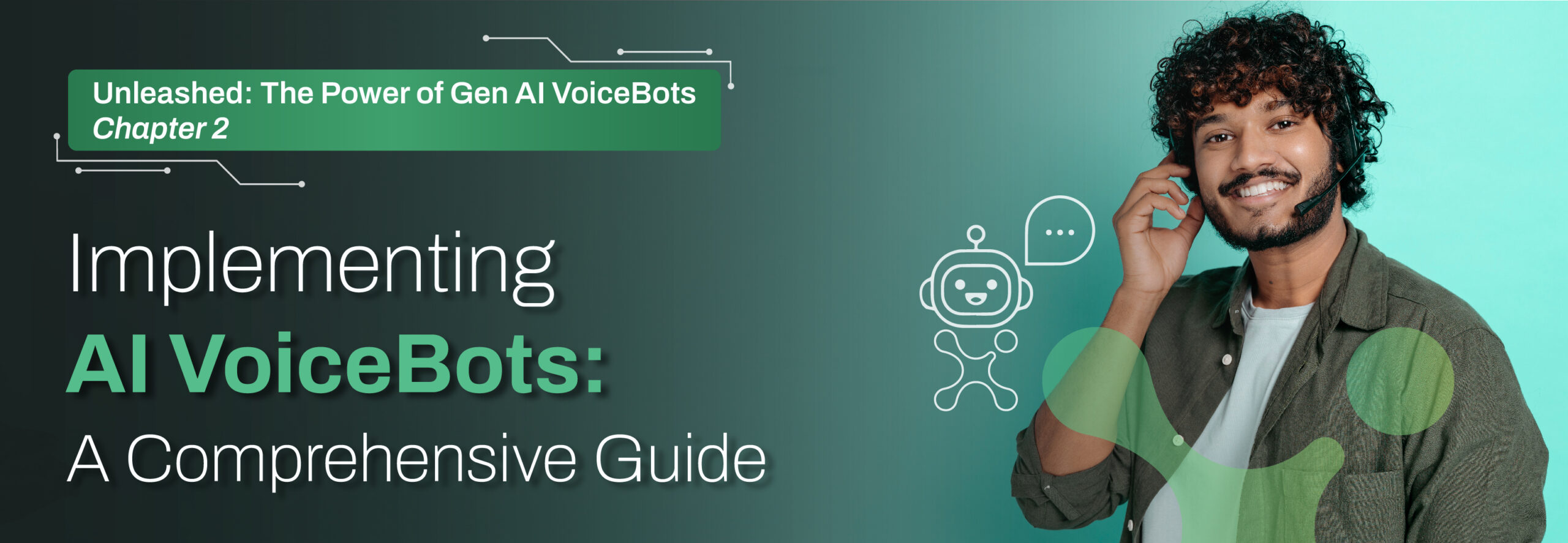Maintaining a clear record of customer interactions is essential in a contact center. Every call involves key details, including what the customer needed, the steps taken to resolve their issue, whether a resolution was reached, and any necessary follow-ups. However, agents need to document this efficiently to avoid spending excessive time in the ‘not ready’ status, which can affect overall productivity. Just as importantly, the next agent handling the same customer should be able to grasp past interactions at a glance.
This is where wrap-up codes or call disposition codes come into play. They provide a structured way to summarize call outcomes quickly and concisely. For instance, instead of typing out lengthy notes, an agent can simply tag a call as ‘Billing Query – Resolved’ or ‘Technical Issue – Follow-Up Required’. These codes are typically available in a drop-down list within the contact center software and allow agents to log them in seconds before moving on to the next call.
While wrap-up codes efficiently capture general call outcomes, any additional customer details still need to be recorded manually in the customer’s profile. Contact centers can streamline workflows, reduce after-call work, and ensure continuity in customer interactions by balancing structured tagging with essential notes.
Key Benefits of Wrap-Up Codes
Modern contact center software equips agents with instant access to customer information as soon as a call connects. However, this does not mean they have the luxury of time to sift through detailed records. An agent must grasp the caller’s history and previous interactions within a minute or two.
If there are no wrap-up codes, this would mean manually reading through notes and that could lead to delays. Keeping a customer on hold just to review past interactions is neither practical nor ideal, especially when dealing with frustrated callers. Wrap-up codes provide a quick, structured snapshot of previous conversations, enabling agents to address issues promptly and improve the overall customer experience.
Efficiency is another major advantage. In high-volume contact centers, agents cannot afford to remain in ‘not ready’ status for long. Wrap-up codes streamline post-call work by allowing agents to log interactions using predefined tags and ensure they can move on to the next customer without delay.
Beyond individual calls, wrap-up codes also enhance contact center management. They can be used to:
- Mark numbers as disconnected or indicate a customer’s preference not to receive further calls
- Flag issues requiring follow-ups, prompting agents to take necessary action
- Provide managers with valuable performance insights related to tracking resolved queries, monitoring sales conversions, or identifying frequent disconnections that may indicate systemic issues
Tips to Optimize Your Wrap-Up Codes
1. Train Your Agents Thoroughly
You need to ensure every agent understands how to use wrap-up codes correctly. Selecting the wrong code can lead to inaccurate records and impact future interactions with the customer.
2. Create a Flexible System
If agents frequently struggle to find a suitable wrap-up code, consider adding a broader option based on their feedback. This prevents forced selections that don’t truly reflect the nature of the call.
3. Keep It Simple
Too many wrap-up codes can overwhelm agents and slow them down instead of improving efficiency. The goal is to summarize a call effectively, not define every detail. Manual notes may still be needed for additional context.
4. Allow Experienced Agents Some Flexibility
Senior agents should have the ability to add custom codes or comments when necessary. However, regularly review and refine wrap-up codes to maintain consistency.
5. Use Numbers for Quick Selection
If your system involves multiple drop-downs, numbering the options can make selection faster, especially for new agents who may struggle with scanning text-based options.
6. Boost Efficiency & Performance Insights
Well-structured wrap-up codes also reduce After-Call Work (ACW) time while offering valuable insights into contact center performance.





